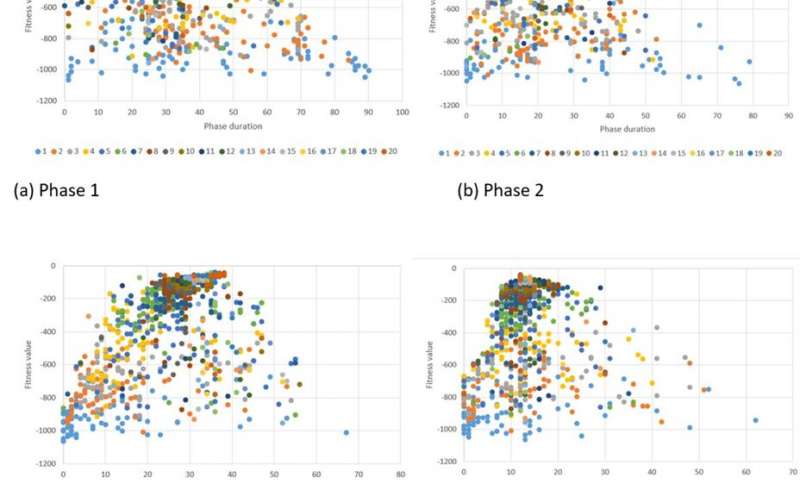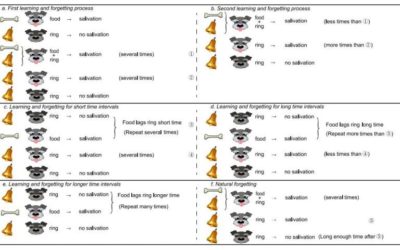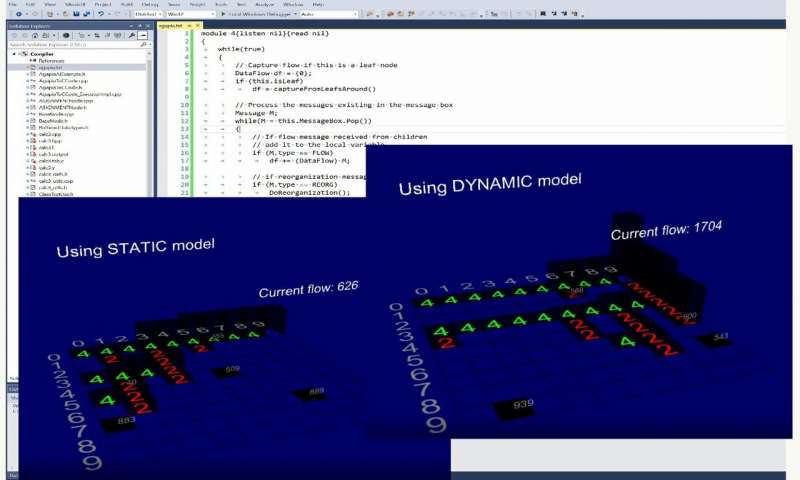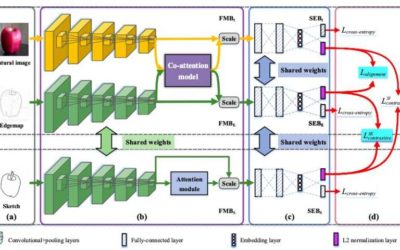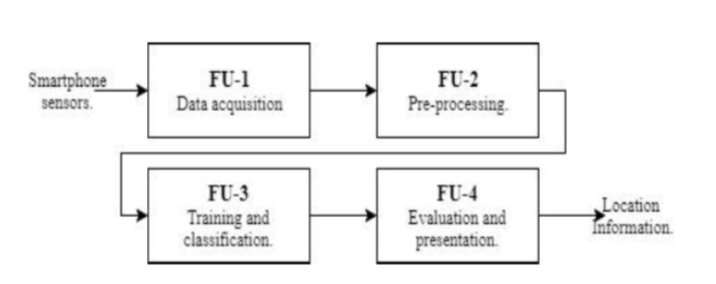Researchers at the University of Technology Sydney and DATA61 have recently developed a new method for optimizing the timing of signals in urban environments under severe traffic conditions. Their approach, presented in a paper pre-published on arXiv, entails the use...
TECHXPLORE
A new memristor-based neural network inspired by the notion of associative memory
Classical conditioning is a psychological process through which animals or humans pair desired or unpleasant stimuli (e.g., food or a painful experiences) with a seemingly neutral stimulus (e.g., the sound of a bell, the flash of a light, etc.) after these two stimuli...
A new model introduces the concept of adaptive virtual organisms (VOs)
Researchers at the University of Bucharest have recently developed a compositional model for complex hardware-software binding. Their model, outlined in a paper pre-published on arXiv, introduces the notion of a "virtual organism" (VO) that resides somewhere between...
A new model to retrieve images based on sketches
In recent years, researchers have been developing increasingly advanced computational techniques, such as deep learning algorithms, to complete a variety of tasks. One task that they have been trying to address is known as "sketch-based image retrieval" (SBIR).
A new non-fullerene acceptor for indoor solar energy applications
Organic photovoltaic (OPV) cells, a third-generation solar cell technology that can convert solar energy into electricity, have been found to be more efficient than silicon cells under low light intensity indoor LED illumination. These cells have also shown great...
A new robot for artistic grayscale painting
A team of researchers at St. Petersburg Electrotechnical University (ETU-LETI) and Ural Federal University (URFU) has recently created a new robotic setup for realistic grayscale painting. The project's lead developer, Dr. Artur Karimov, is a professional artist...
An AI-based recommendation system for internship placements
Choosing an internship placement is a key step for many students, as an internship can have a substantial impact on their professional development. Researchers at Universitas Pendidikan Ganesha, in Indonesia, have recently developed an AI-based recommendation system...
A new smartphone user authentication system based on gait analysis
A team of researchers at the University of Pretoria and City University of Hong Kong has recently developed a continuous smartphone user authentication system based on gait analysis. This system, outlined in a paper presented at the 44th annual conference of the IEEE...
An approach for motion planning on asteroid surfaces with irregular gravity fields
Asteroids are small, rocky bodies orbiting the sun that are too small to be called planets. There are millions of asteroids in the solar system, ranging in size, shape and composition. The exploration of asteroids could help to uncover fascinating information about...
An approach to enhance machine learning explanations
Researchers at IBM Research UK, the U.S. Military Academy and Cardiff University have recently proposed a new approach to improve the sensitivity of LIME (Local Interpretable Model Agnostic Explanations), a technique for attaining a better understanding ofthe...

